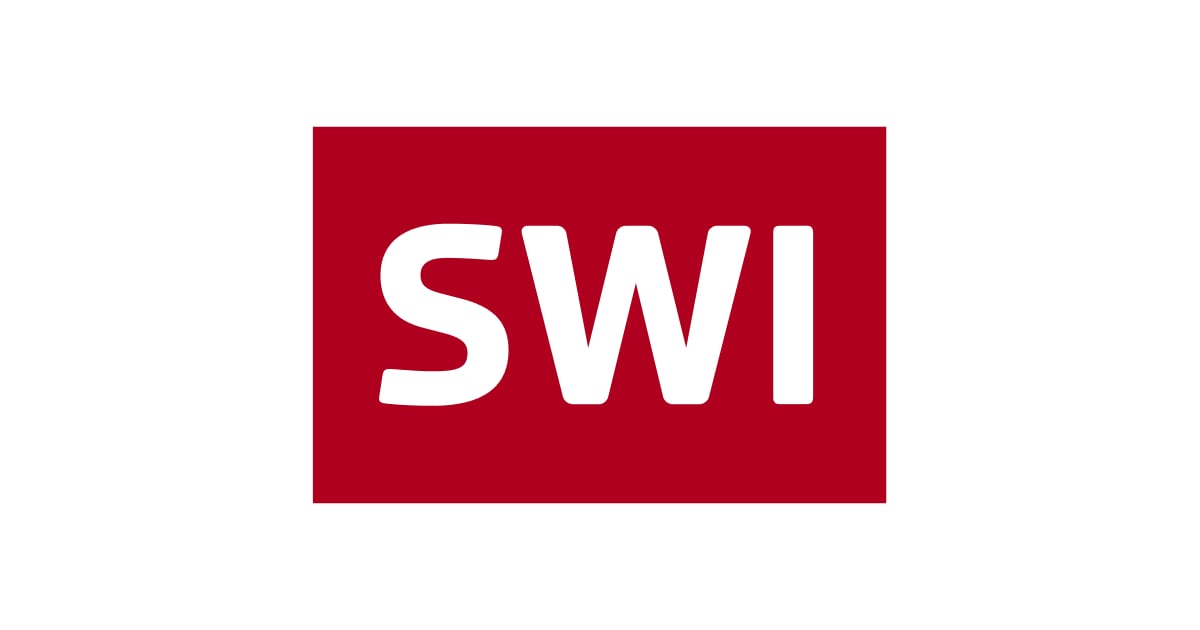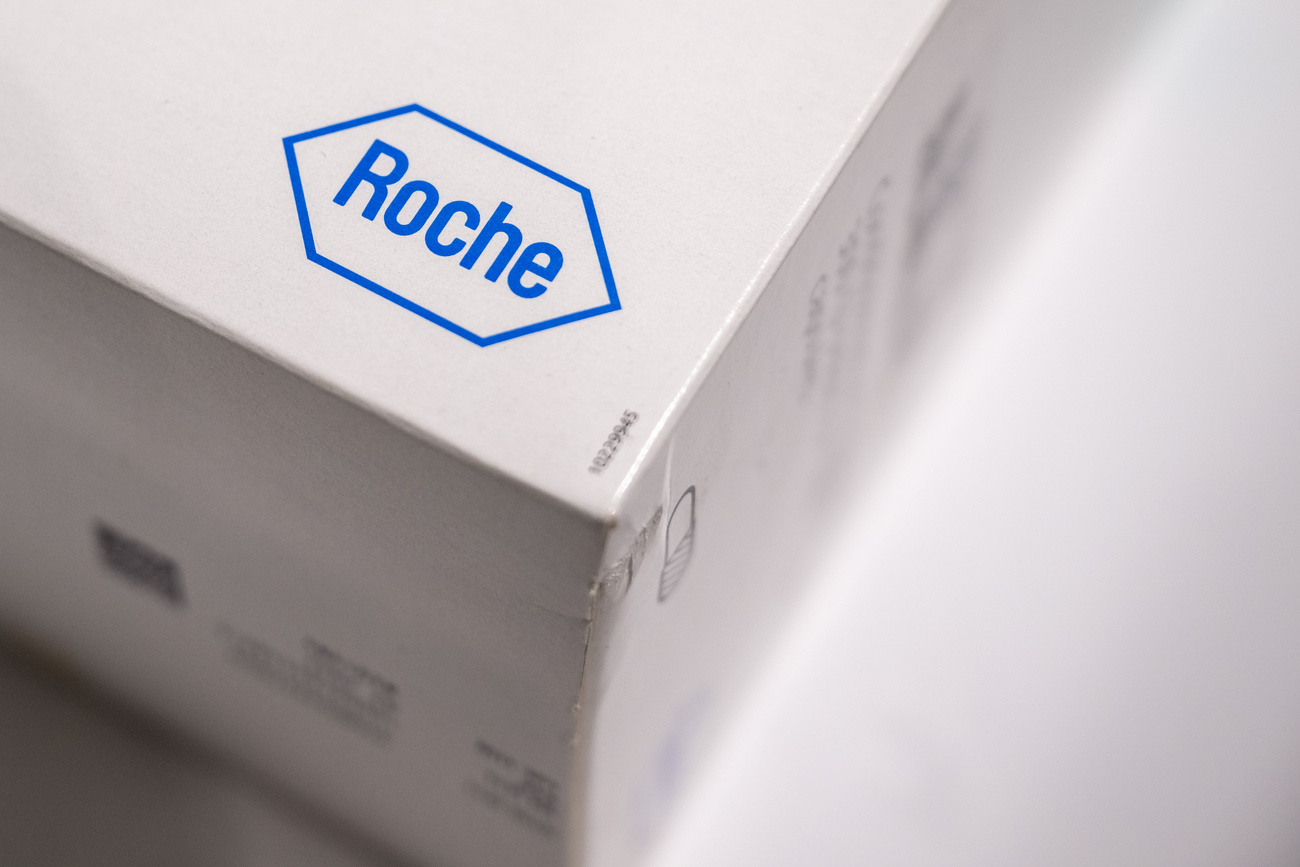
S&P 500 Is Set for Best Two-Day Advance Since June: Markets Wrap
(Bloomberg) — Wall Street traders drove stocks higher amid solid results from Corporate America while tariff tensions between the world’s two largest economies cooled. Bond yields edged lower.
With the earnings season well underway, about 85% of the companies in the S&P 500 reporting results so far have beaten profit expectations. That’s helped fuel a rebound in equities, with the benchmark set for its best two-day gain since June. Sentiment was also buoyed by hopes the trade war between the US and China will de-escalate as the two sides return to the negotiating table.
While President Donald Trump reiterated his threat to follow through on a tariff hike on Chinese goods “if there isn’t a deal” by Nov. 1, he stressed plans to meet President Xi Jinping next week. Earlier this month, markets were roiled as Trump raised the prospect of a sky-high tariff rate, citing China’s “hostile” export controls.
“We are seeing the typical seasonal volatility in October, but the recent swings have been relatively shallow by historical standards, as the buy-the-dip mentality appears to be in play,” said Rick Gardner at RGA Investments.
Gardner says the next major test may be big tech earnings as investors will be looking for more clarity on how spending on artificial intelligence is leading to profitability. Among notable companies reporting this week is Tesla Inc. China’s tightening grip on rare earths exports will likely be discussed at Intel Corp. and Texas Instruments Inc.’s calls.
The S&P 500 rose 1.2%. Apple Inc. hit its first record of 2025 as Loop Capital upgraded the stock to buy, the latest firm to cite positive iPhone demand trends. A gauge of tech megacaps climbed 1.6%. The Russell 2000 index of small firms added 1.8%.
The yield on 10-year Treasuries fell two basis points to 3.99%. The dollar wavered. Soybean futures jumped, with growers holding out hope that Trump will make a deal with China to restart stalled American exports.
Even with bouts of volatility, the underlying backdrop remains healthy for equities, according to Mark Hackett at Nationwide. He continues to see any period of weakness get aggressively bought, and while institutional investors have grown cautious, retail investors are still leaning in.
“That tells me the market is setting up for a breakout move, and from my perspective, it’s much easier to see it moving higher rather than lower as we head toward year-end and into the beginning of 2026,” he said.
While trade tensions continue to drive investor emotion and volatility, drawdowns are short lived, as retail investors see them as opportunities to add risk, Hackett noted. This is despite a collapse in investor sentiment per recent gauges.
Deutsche Bank AG strategists noted that overall equity positioning tumbled last week and sentiment fell to net bearish. Meantime, Morgan Stanley’s Michael Wilson said there needs to be follow through on a US-China deal and stability in earnings revisions to clear the risk of a further correction in stocks.
“The combination of a better growth and earnings outlook, supportive policy, and investors eagerly buying dips justifies a more positive medium-term outlook,” said Jason Draho at UBS Global Wealth Management.
As earnings roll in, results are looking promising, according to Oppenheimer Asset Management’s John Stoltzfus. The fact that big US companies are beating expectations and guidance despite ongoing risks suggests there is “enough resilience to provide stocks with a ticket to ride,” he said.
Activity momentum improved during the quarter and positive surprises are likely this earnings season, according to JPMorgan Chase & Co. strategists led by Mislav Matejka.
Despite the strong kickoff to the third quarter earnings season with a high bar for expectations, recent equity market volatility suggests investors remain sensitive to policy and headline surprises along with potential earnings disappointments, said Doug Beath at Wells Fargo Investment Institute.
“We believe surprises and resulting pullbacks will likely happen, but that investors should look beyond headline distractions to focus on the positive trends already in place,” he said.
“The theme of third-quarter earnings season is likely to be ongoing earnings resilience,” said Jason Pride and Michael Reynolds at Glenmede. “The S&P 500 is on pace for high single digit earnings growth on a year-over-year basis.”
They also noted that it appears that small caps are finally having their moment in the spotlight. After a challenging couple years for their bottom lines, earnings growth for the Russell 2000 is expected to increase over 35% in the third quarter.
“This trend could persist into year-end, as small caps should be beneficiaries of recently passed fiscal stimulus and the Fed’s easing cycle,” the Glenmede strategists said.
After years of lagging behind the giants — and roughly realizing the multiple suggested by rate and macro trends — the Russell 2000 now has to prove it can grow into its valuation, according to Michael Casper and Nathaniel Welnhofer at Bloomberg Intelligence. And third-quarter earnings could be decisive.
“The bar is higher than last quarter, but smaller companies are expected to close the gap with large caps by mid-2026 — a story that must remain intact if the gauge is to keep outperforming,” they said.
The climb in equities since the April selloff has rewarded investors willing to look past waves of macro and tariff uncertainty, noted Jeff Shen and Philip Hodges at BlackRock Systematic.
“The economy has proven resilient enough to support hopes for a ‘Goldilocks’ scenario: soft enough for Federal Reserve interest-rate cuts, yet firm enough to avoid recession,” they noted.
While policy easing and the AI revolution have pushed markets to fresh highs recently, the headline rally masks a more nuanced story under the surface, they said. Since the April 8 lows, the S&P 500 has seen a maximum drawdown of about 5%, yet the average stock in the index has fallen as much as 15%.
“That’s a reflection of the churn playing out in markets, underscoring the importance of a dynamic approach to active management,” they concluded.
After being delayed by the US government shutdown, the Bureau of Labor Statistics will release the September consumer price index on Friday. The data, originally slated for Oct. 15, will give Federal Reserve officials a critical piece of information on inflation ahead of their policy meeting the following week.
Economists in a Bloomberg survey forecast the core CPI, which excludes food and fuel for a better snapshot of underlying inflation, to have climbed 0.3% for a third straight month as higher import duties continue to gradually filter through to consumers. The projected monthly gain will keep the annual core CPI at 3.1%.
“September core CPI likely moderated slightly due to cooling services prices offsetting additional tariff passthrough into goods prices. Energy prices likely boosted headline CPI,” said Oscar Munoz at TD Securities.
Munoz continues to expect the Fed will cut rates by 25 basis points at next week’s decision as growing labor market risks necessitate additional policy recalibration.
While traders will get a look at the delayed CPI data at the end of this week, their immediate focus will be on earnings, especially after news about bank loan losses contributed to volatility in the financial sector last week, according to Chris Larkin at E*Trade from Morgan Stanley.
“Choppy trade has been the order of the day lately, but earnings beats from this week’s high-profile names and a reduction in US-China tensions could help the market find its footing,” he said.
Corporate Highlights:
Amazon Web Services, the world’s largest cloud provider, said issues continued to plague its service after a widespread outage degraded services for a range of customers including government agencies, AI companies and financial platforms. Apple Inc.’s latest generation of iPhones is off to a faster start than usual, with its most basic model surging in popularity. AppLovin Corp. sank after the New York Post reported that state regulators have reached out to multiple short sellers in a possible preliminary probe on the mobile advertising company. Cleveland-Cliffs Inc. jumped after the US steelmaker posted stronger-than-expected earnings, disclosed a pact with another metal producer and said it’s evaluating whether rare earth minerals can be extracted from its mines. Kenvue Inc. urged US regulators to deny a request warning against Tylenol’s use during pregnancy, laying out the most detailed defense of its biggest product after Trump administration officials tied its use to autism. Replimune Group Inc. surged after US regulators accepted its resubmitted application for a skin cancer treatment, an encouraging sign for biotech investors who’ve been spooked by recent drug denials. CleanSpark Inc. climbed after the Bitcoin miner announced that it was expanding into date-center infrastructure and the hiring of Jeffrey Thomas from Saudi Arabian AI firm Humain. BNP Paribas SA plummeted after a court ruling linked it to human rights abuses in Sudan, triggering speculation the firm will ultimately have to agree to expensive settlements. Kering SA agreed to sell its beauty division to L’Oreal SA in a €4 billion ($4.7 billion) deal, with new Chief Executive Officer Luca de Meo changing course in a bid to turn around the French luxury giant’s fortunes. Worldpay’s $24.3 billion deal with Global Payments Inc. to create a payment processing behemoth avoided a deeper investigation as the UK watchdog found the deal will not weaken competition in the UK. Shares of submarine-builder TKMS surged in their Frankfurt trading debut on Monday after the marine defense company was spun off from Thyssenkrupp AG, with investors’ eagerness to buy into Europe’s defense stock rally giving an early boost to the new stock. Stellantis NV reaffirmed its commitment to its Italian manufacturing operations, making a pledge to hire 400 additional workers to bolster production at its Mirafiori plant in Turin. Contemporary Amperex Technology Co. Ltd.’s profit jumped in the third quarter, as the world’s largest maker of electric vehicle batteries defended its lead in China and pushed further into overseas markets. Holcim Ltd. is set to acquire walling-systems firm Xella from private equity firm Lone Star Funds in a €1.85 billion ($2.2 billion) deal, extending the Swiss company’s bid to diversify beyond its core cement business. Oura Health Oy, the Finnish smart ring maker, is the latest wearable company seeking to move into blood pressure monitoring. How should regulators react to the blurring line between investing and gambling? Let us know in the latest Markets Pulse survey.
Some of the main moves in markets:
Stocks
The S&P 500 rose 1.2% as of 1:46 p.m. New York time The Nasdaq 100 rose 1.5% The Dow Jones Industrial Average rose 1.2% The MSCI World Index rose 1.2% Bloomberg Magnificent 7 Total Return Index rose 1.6% The Russell 2000 Index rose 1.8% Currencies
The Bloomberg Dollar Spot Index rose 0.1% The euro was little changed at $1.1644 The British pound fell 0.1% to $1.3408 The Japanese yen fell 0.1% to 150.77 per dollar Cryptocurrencies
Bitcoin rose 1% to $110,046.9 Ether fell 1.7% to $3,933.83 Bonds
The yield on 10-year Treasuries declined two basis points to 3.99% Germany’s 10-year yield was little changed at 2.58% Britain’s 10-year yield declined three basis points to 4.50% The yield on 2-year Treasuries was little changed at 3.46% The yield on 30-year Treasuries declined two basis points to 4.58% Commodities
West Texas Intermediate crude fell 0.3% to $57.38 a barrel Spot gold rose 2.2% to $4,346.67 an ounce ©2025 Bloomberg L.P.


























